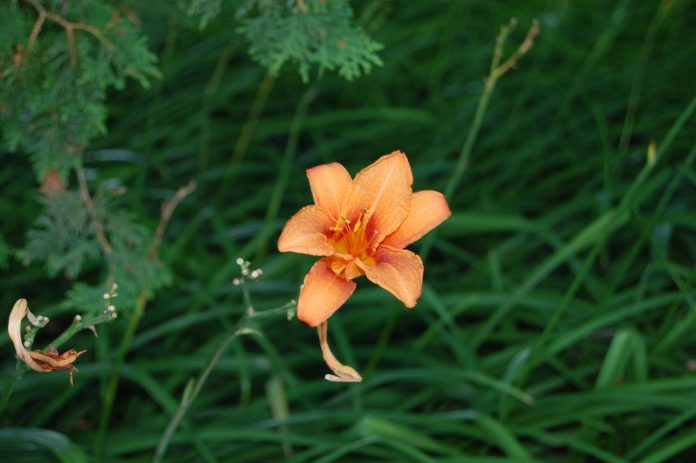
Invasive species are on the radar like never before.
Not only are they as pervasive as ever in the natural environment, but there has also never been greater awareness in the gardening community. Overnight, it has become one of the top topics that we get questions about.
Invasive species are defined loosely as “…plants, animals and micro-organisms that have been accidentally or deliberately introduced into areas beyond their native range. Invasive species are introduced species whose introduction or spread negatively impacts the environment, economy, and/or society including human health” (Canadian Council on Invasive Species, HYPERLINK “https://canadainvasives.ca/invasive-species/” https://canadainvasives.ca/invasive-species/). As gardeners, we have a role to play in controlling the spread of invasive plant species.
Many gardeners would be surprised to find out common species that have been added to lists of invasives in recent years. Most plant species on the list were introduced intentionally, either for agricultural or ornamental cultivation and have escaped their intended homes. Many invasive plants are still available for sale in garden centers, as the industry struggles to keep up with new research on garden stalwarts. Climate change adds to the changing picture, as garden plants which were once contained by freezing winters are increasingly able to overwinter and spread year after year.
Here is a list of invasive species to look out for in your garden, and what to do when you find them:
• Common groundcovers such as periwinkle (Vinca minor), English ivy (Hedera helix) and goutweed (Aegopodium podagraria) were promoted to gardeners as alternatives to lawn or mulch until recently and are still available in many garden centers. Unfortunately, they started appearing in forests where they aggressively colonize the forest floor by crowding out native woodland plant species and smothering habitat. It is best not to plant these species to begin with, selecting a native ground cover such as running euonymus (Euonymus obovatus), bloodroot (Sanguinaria canadensis) or Pennsylvania sedge (Carex pensylvanica). To control invasive species, persistent removal is key and do not try to compost them or discard in a green bin program. Instead, dispose of them in a black plastic garbage back or consult with your municipality.
• Wintercreeper (Euonymus fortunei) commonly grown as shade tolerant, broad leafed evergreen shrub or vine. Wintercreeper is indeed winter hardy here in the GTA, but it is aggressive and can move into desirable naturalized woodlands. An alternative is Foamflower (Tiarella cordifolia), which Mark has grown in his deep shade garden with success.
• Daylily (Hemerocallis fulva). Many gardeners reading this column will be shocked to see the old fashioned, orange daylily on the invasive species list. The daylilies that grew at the base of your grandparents’ rural mailbox can spread by seed and root through ditches and waterways, providing a nuisance everywhere, pretty as they are for a day. Note that the many hybrids will not spread, generally have a clumping habit, and mature over several years into beautiful specimens. The brochure “Grow Me Instead” specifically mentions Hemerocallis fulva. HYPERLINK “https://www.ontarioinvasiveplants.ca/resources/grow-me-instead/” https://www.ontarioinvasiveplants.ca/resources/grow-me-instead/
• Black locust (Robinia pseudoacacia) was once widely planted throughout North America for its adaptability to disturbed sites, fast growing nature, and useful wood. However, in the natural environment, it is known to outcompete species at risk such as oak, beech-maple, and aspen. Young black locusts have leaflets along a 20-30cm stalk that can appear like a fern when young, though they grow into woody trees with sharp spines along the branches. In late spring they produce a white flower that gives way to pea-like seed pods. Traditional control methods such as simply cutting, girdling, and burning can promote suckering which ultimately encourages its spread. Start by preventing the spread by cutting, then smothering any remaining new growth with a plastic bag. We recommend that you plant suitable native species to jump start healthy redevelopment of the area.
To learn more and to find out what alternatives exist for replacing invasive plants, go to HYPERLINK “https://www.ontarioinvasiveplants.ca/resources/grow-me-instead/” https://www.ontarioinvasiveplants.ca/resources/grow-me-instead/
Mark Cullen is an expert gardener, author, broadcaster, tree advocate and Member of the Order of Canada. His son Ben is a fourth-generation urban gardener and graduate of University of Guelph and Dalhousie University in Halifax. Follow them at markcullen.com, @markcullengardening, and on Facebook.

